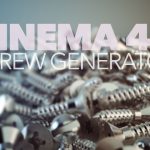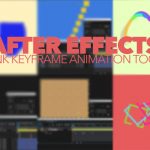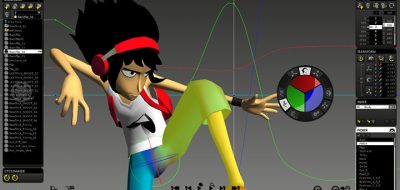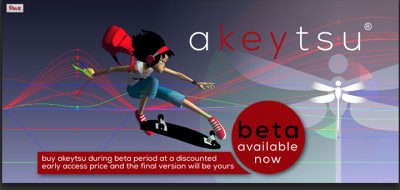You may remember the french company, Nukeygara who were destined to build a new character rigging and animation tool that promised to revolutionize how animators would interact and use 3d characters. Akeytsu was that promise.
It has been about seven months since we first heard about Akeytsu and although some people have had an advanced look at what Akeytsu was all about, it has largely been covered in mystery.
We have seen a few teasers which didn’t really give away much of the brilliance behind Akeytsu. Recently however, Nukeygara has posted a much longer look at how Akeytsu works and what the workflow is like – really, it is inspired in certain areas.
One Skeleton.
Akeytsu has one skeleton that drive everything. Everything. This is a huge leap forward in usability and simplicity in the rigs themselves. Akeytsu doesn’t use multiple blended skeletons to create IK/FK, it is all facilitated through one skeletal system.
The one skeleton ideology also translates down through skeletal controls to the point where Akeytsu doesn’t really need them at all. Although simple controls can be shown, you can manipulate the character just by clicking on the parts that you want to move.
Skinning has been simplified as well. By selecting vertices and setting their weight with simple controls, it seems like the goal of taking the technical aspects out of the rigging process are on their way to being reached.
Animation Workflow for Animators.
The “Spinner” aside, the one thing that stood out watching the demo, is that Akeytsu operates around how animators work, with a lot of the panels and interface elements mimicking traditional animation tools. This is clear looking at the interface for the timeline – it is very keyframe concentric showing keys and interpolations clearly.
The stacker will let you set and modify keyframes for the animation, which is nothing new – but if you add or delete keyframes, from the stacker, you are actually adding and deleting frames (time) as well. This is very much how a traditional animator would work with an X-sheet.
The CurveBoard in Akeytsu is another thing that seems like it would integrate the technical aspects of the animation workflow with the artistry. CurveBoard brings up the animation curves right in the viewport and overlays them with the shot you are currently animating.
Although Akeytsu is still being built upon, you can check out Nukeygara Akeytsu for more information.





